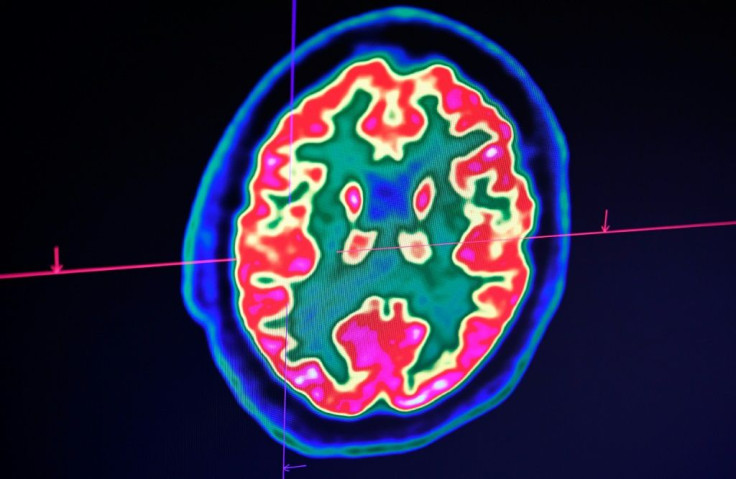This Area Is Bigger In Psychopathic Individuals' Brains, Researchers Find
KEY POINTS
- Researchers looked at MRI scans and used the Psychopathy Checklist-Revised
- They found that psychopathic individuals had a 10% larger striatum
- 'Stimulation-seeking and impulsivity partly mediated the striatal-psychopathy relationship,' say researchers
What makes the brains of people with psychopathy different from the brains of those who don't? A team of researchers found a specific region of the brain that's actually larger in psychopathic individuals.
Individuals with psychopathic traits tend to have personalities marked by superficial charm, impulsiveness, insensitivity to consequences and a lack of empathy and emotional sensitivity. Often, they are described as people whose personalities are rather egocentric and antisocial, Nanyang Technological University, Singapore (NTU Singapore) noted in a news release.
For a new study, published in the Journal of Psychiatric Research, the researchers used magnetic resonance imaging (MRI) scans to have a closer look at the brains of 120 adults in the U.S. They also interviewed them using the Psychopathy Checklist-Revised, a tool that's used to identify psychopathic traits in people.
As the researchers explained, previous studies have "inconsistently" reported "increased volumes" in the striatum of adults with psychopathy. Striatum is a part of the brain that impacts part of cognition, noted NTU Singapore. This includes "motor and action planning, decision-making, motivation, reinforcement, and reward perception." The researchers tested the hypothesis in their work.
Indeed, they found that the striatum of psychopathic individuals was about 10% larger than in those who have no or low psychopathic traits, noted NTU Singapore. This was observed "for all striatal regions." Researchers also looked at the striatum in females, as this hadn't been observed before. They found that, just like in the males, psychopathy was also linked with larger striatum in females.
"Stimulation-seeking and impulsivity partly mediated the striatal-psychopathy relationship, accounting for 49.4% of this association," the researchers wrote. "Results are consistent with the notion that striatal abnormalities in individuals with psychopathy partly reflect increased sensation-seeking and impulsivity, and support the hypothesis of abnormal reward processing in psychopathy."
In other words, the larger the striatum, the larger the need for stimulation.
Using MRI and interviews, scientists from #NTusg, @Penn & California State University have shown links between a larger striatum in the forebrain and an increased need for stimulation, through thrills and excitement, and a higher likelihood of impulsive behaviours. #NTUsgResearch pic.twitter.com/YneH1SM6JG
— NTU Singapore (@NTUsg) May 10, 2022
To be clear, not all the people who have psychopathic traits end up breaking the law, and not all criminals have psychopathy, but there is a "marked" correlation, noted NTU Singapore. And the researchers' work not only improves understanding but may even help "inform policy and treatment options."
For instance, since the striatum usually grows smaller as a person ages, the finding suggests that psychopathy could be linked to the development of the brain.
"Our study's results help advance our knowledge about what underlies antisocial behaviour such as psychopathy," study co-author, Professor Olivia Choy of NUT Singapore, said in the university news release.
"We have always known that psychopaths go to extreme lengths to seek out rewards, including criminal activities that involve property, sex, and drugs," study co-author, Professor Adrian Raine from the University of Pennsylvania, added. "We are now finding out a neurobiological underpinning of this impulsive and stimulating behaviour in the form of enlargement to the striatum, a key brain area involved in rewards."

© Copyright IBTimes 2024. All rights reserved.






















